How To Get From Peshawar to Bab-e-Khyber and the Smugglers Bazaar
Cleaning Up Peshawar
Peshawar has a reputation around the world as being one of the most dangerous cities on the planet. Being a mere 50 miles from the Afghan border at Torkham, Peshawar is on the front lines of tribal conflicts, terrorist insurgencies, and sectarian violence. In the past, the Pakistani Taliban has wreaked havoc on the province of Khyber Pakhtunkhwa and its capital of Peshawar. Since 2010, however, terrorist attacks have decreased as the military and police tighten the border and clear out remnants of extremism from the city.
As Peshawar cleans up its act, the city has also slowly creaked open its doors to tourism. For those who have already begun researching what to do around Peshawar, the turbulent yet breathtaking Khyber Pass is sure to draw your attention. While you can’t actually hike the border areas of Pakistan and Afghanistan without the proper permits, you can go as far as the iconic Bab-e-Khyber Gate.
Planning on traveling to Multan? You can read my Multan safety guide here!
Getting Out Of Peshawar
The N-5 Highway (The Grand Trunk Road) which cuts through Peshawar takes you directly to Bab-e-Khyber. If you were to continue down this road you would eventually end up at the Afghan border. While the route is straight forward enough, finding the right bus to take you to the border between Khyber Pakhtunkhwa and the Tribal Adminestired Areas maybe a tad more difficult.
You will be drawn to the excentric brightly colored buses that come barreling down the highway, but it is actually the elongated cars (pictured right) which will take you as close as you can get to Bab-e-Khyber by public transportation. These boxy ford vans will drop you off at the infamous Karkhano Market (Smugglers Bazaar) for about 40 PKR (0.25 USD). Although only 10 km away, expect this trip to take quite some time due to the highly congested traffic. Depending on how gutsy your driver is, he may elect to drive into oncoming traffic to beat the queue.
Swat is a short drive away from Peshawar. Read about traveling to Swat’s Jarogo Waterfall here!
Peshawar’s Smugglers Bazaar (Karkhano Market)
The myths that surround Smuglars Bazzar overshadow the market itself. What you imagine as being a dim-lit marketplace, where shopkeepers in ski-masks display belts of ammunition and hand grenades to rugged swarthy looking patrons is actually nothing more than a strip mall full of crockpots and Tupperware.
The name Smugglers Bazaar actually comes from goods being sneaked in through the Pashtun Tribal Areas from Afghanistan to Pakistan without paying duty tax. It is estimated that the government loses millions of dollars annually due to this illegal trade racket.
Much like Darra Adam Khel, the mysterious far end of Smugglers Bazaar has been bulldozed and cleared out like many of the other remnants of a more unstable time in Peshawar. Just because the open selling of opium and guns are gone doesn’t mean you can’t find them. But you have to then reflect. If you ask around enough in London or New York, you are also bound to find guns and drugs if you are looking for them. Why then do the same in Pakistan?
If you are in Lahore you won’t want to miss traditional Punjabi wrestling. Read more about Kushti here!
The People On The Borderlands
Most of the people in this region of Pakistan are Pashtun. For those who have ever traveled to Afghanistan, it is usually the Pashtuns that are blamed for the decades of extremism and conflict in the country. But the second you sit down for tea, break bread, and share a few laughs with the locals in Peshawar, any prejudice you may have had against Pashtuns will be gone with a few smiles.
Peshawar is located right on the border with the Administered Tribal Areas of Pakistan. In this region, many Pashtuns move freely between Pakistan and Afghanistan due to the fact that they have close relations with clans across the border and adhere to their own laws. After 9/11 the region became notorious for harboring the Taliban and sheltering known extremists.
Along with the ongoing reforms in Pakistan, the Tribal Areas have since been incorporated into the province of Khyber Pakhtunkhwa. Thus putting the region under the direct control of the federal government. Since then locals have been hopeful for peace and stability in the region, often welcoming the Pakistani military which has been absent for decades.
One of the most iconic sites in all of Pakistan is Uch Sharif. Read on how to get from Bahawalpur to Uch Sharif here!
Arriving At The Gates of Bab-e-Khyber
From Karkhano Market you will have to hire a taxi to take you the rest of the way to Bab-e-Khyber. For 300 PKR (2 USD) the driver will take you to the gates to the Khyber Pass and return you to the comfort of Sumglers Bazaar. As you make your way further down the highway, the blue road sign indicating that Kabul is a mere 4 hours drive away will strike you like an electric shock. For those who have been to Afghanistan before, the temptation to cross the border may become overwhelming. But due to the current situation, the 30 km from Bab-e-Khyber to the Afghan border might as well be a world away.
Bab-e-Khyber itself is not the kind of monument that will leave you basking in the awe of its majestic glory, but the simple brick gate straddling the highway marks the beginning of the historic Khyber Pass. For centuries, this treacherous mountain pass was a vital artery along the Silk Road. Connecting China to Spain, it was not only spices and silks that passed through the valley but also armies searching to conquer empires for the wealth that lays within modern-day Pakistan.
Crossing into Pakistan from India? Read more on how to cross the Wagah Border here!
Detained At The Border
While standing at the gates of Bab-e-Khyber, reflecting on the various armies and caravans that must have passed through this valley, it won’t be long until you have caught the attention of the local police. Although you are not technically across the border in the Tribal lands, you are close enough to be detained for roughly an hour. Many of the officers will take you by the arm from police station to police station without knowing what to really do with you. After wasting a good part of the day, they may finally set you loose with a police escort tailing you back to Smugglers Bazaar.
Being a stone’s throw away from the Afghan border, a police checkup should be expected. But due to the lack of foreigners that pass through the region, officers will act as if they have captured a unicorn once bringing you to their outpost.
There are also many ancient forts and castles that line the Khyber Pass, the most famous being the Jamrud Fort. From spears and arrows to machine guns and rockets, Jamrud Fort has been continuously occupied by armies for centuries. Due to it currently housing the Pakistani Army, don’t expect to get to close to its ancient sun-baked brick walls.
Bab-e-Khyber is such an iconic monument in Pakistan that it is even featured on the 10 rupee note. One would think that such a popular attraction would be open to the public. For the time being, you will still have to deal with overbearing police shooing you away from the gates to the Khyber Pass. Pakistan is changing fast, almost too fast for many of the more conservative regions of the country. But while Pakistan is brought into the future, it won’t be long until more sites like the Bab-e-Khyber are open for all to explore.

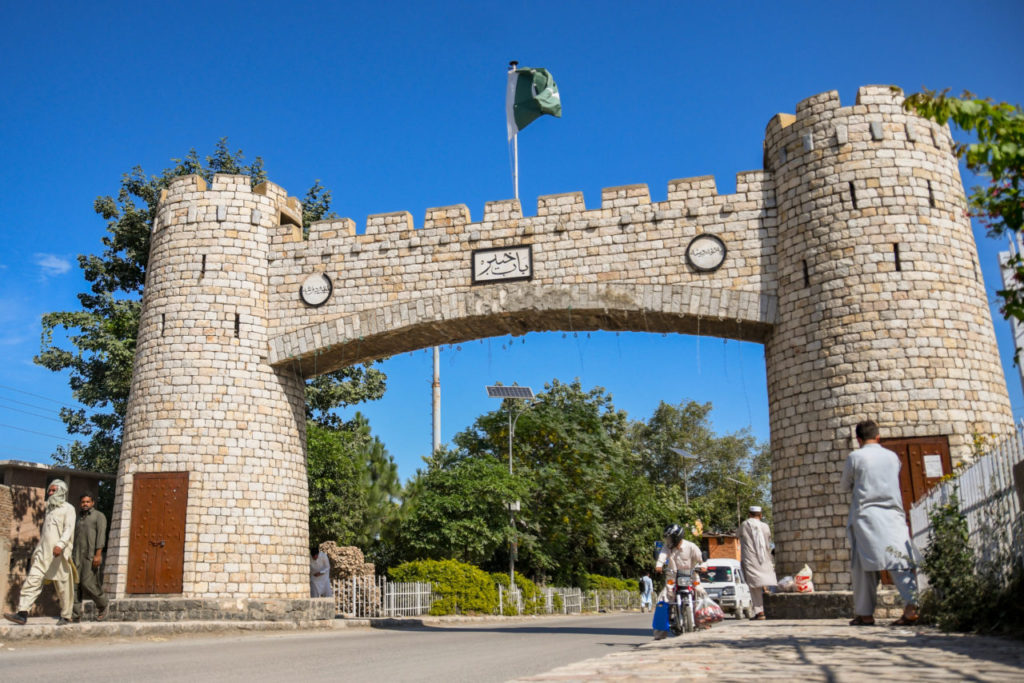
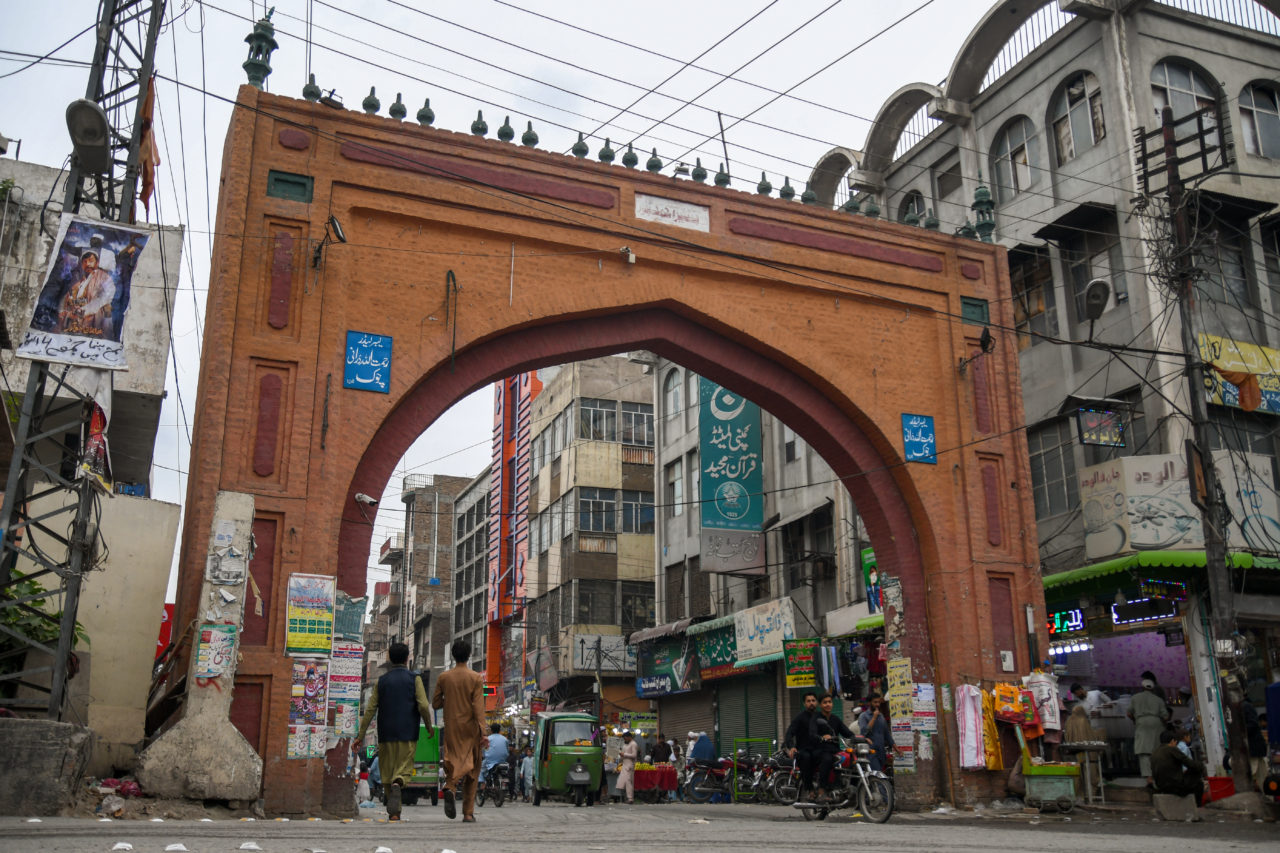
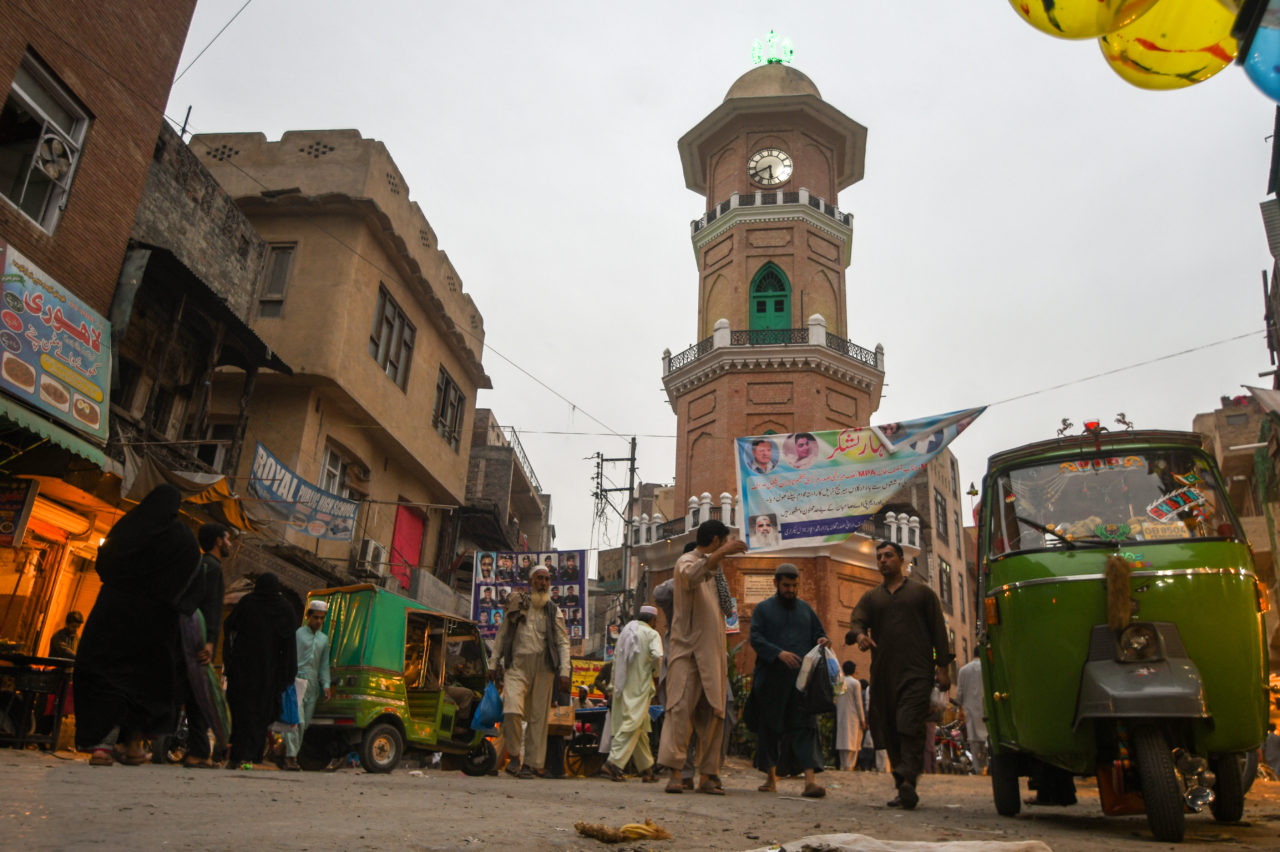
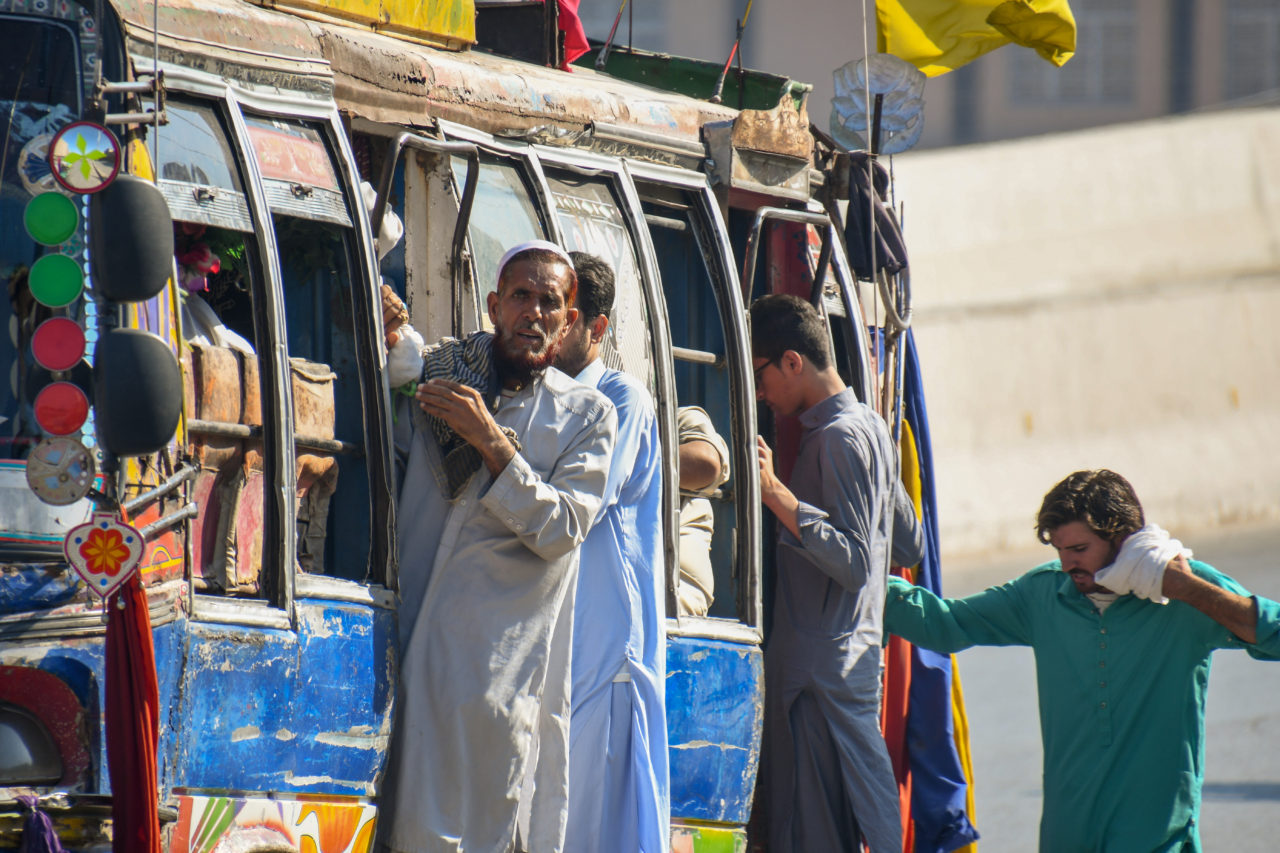
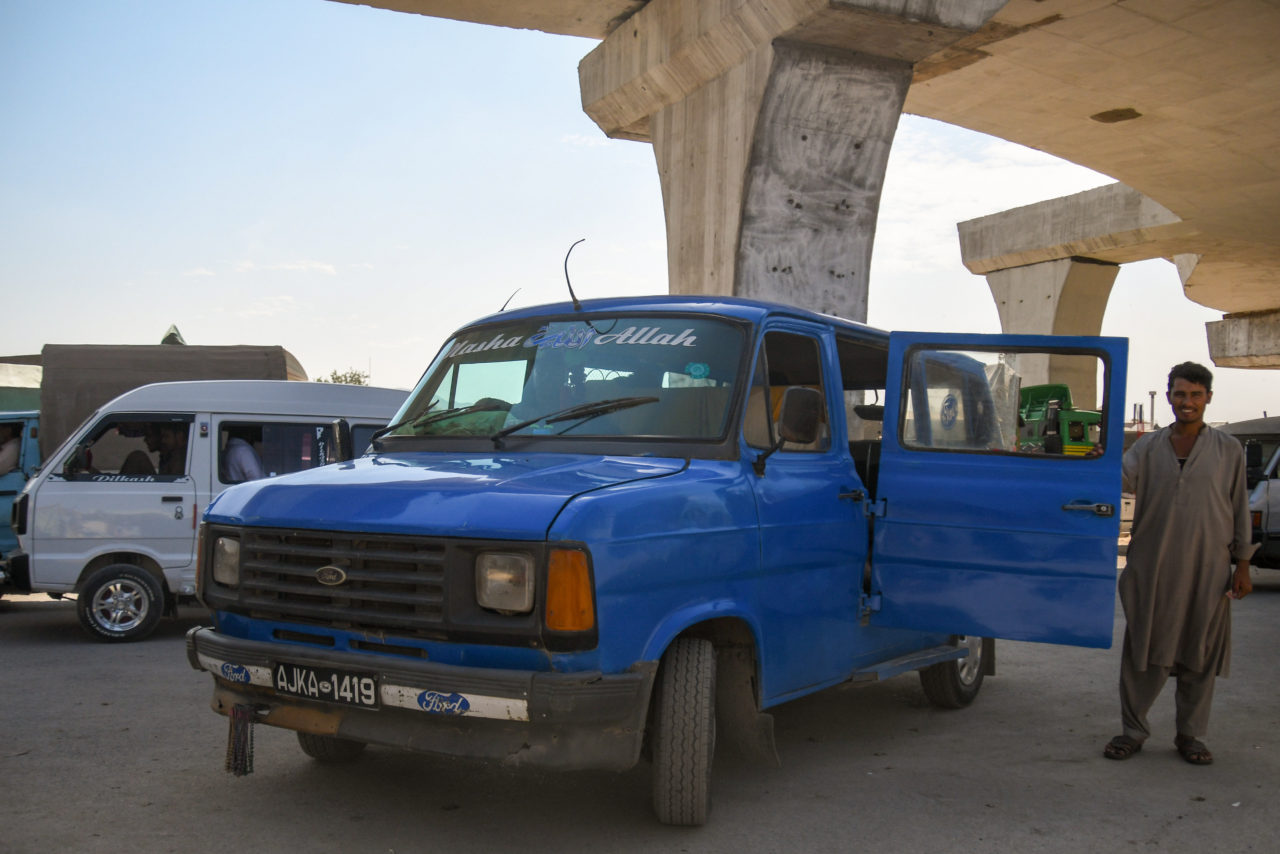
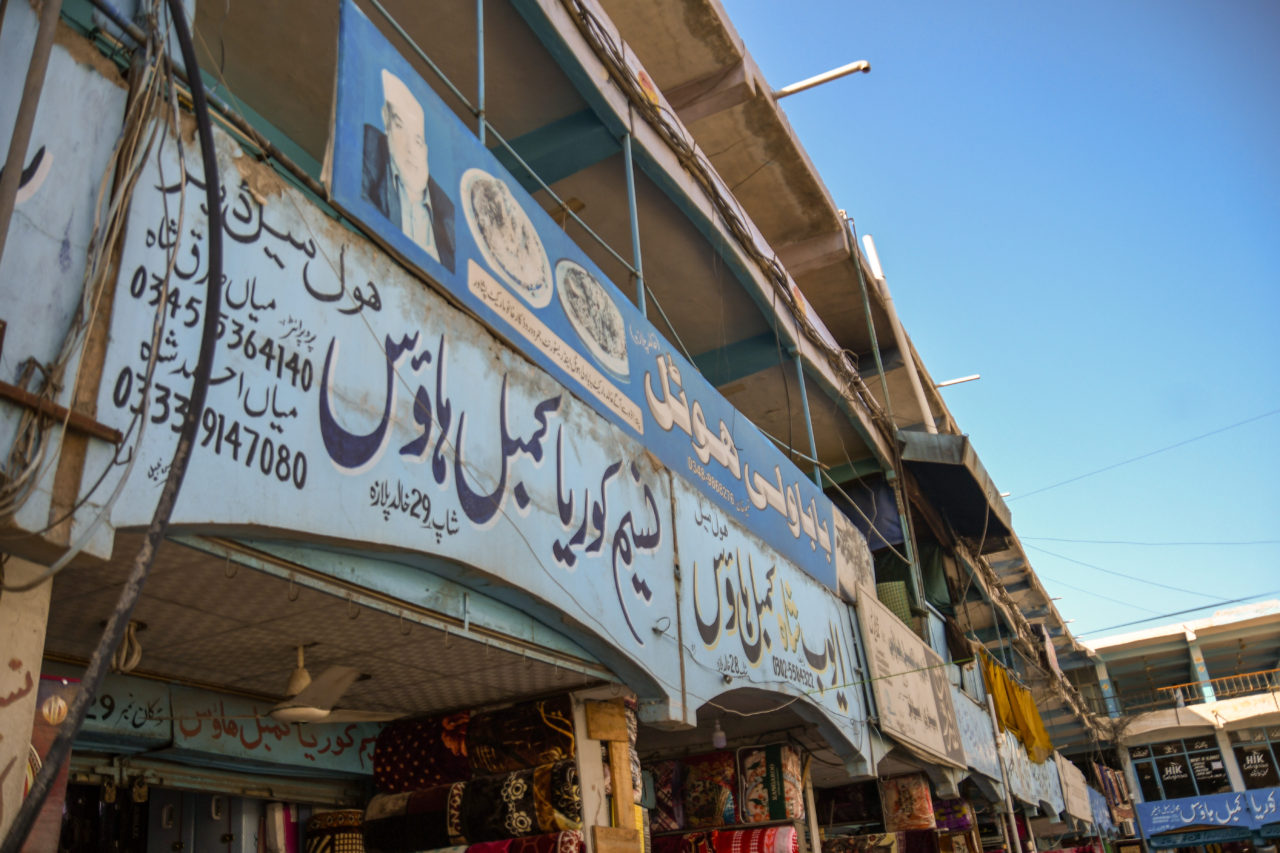
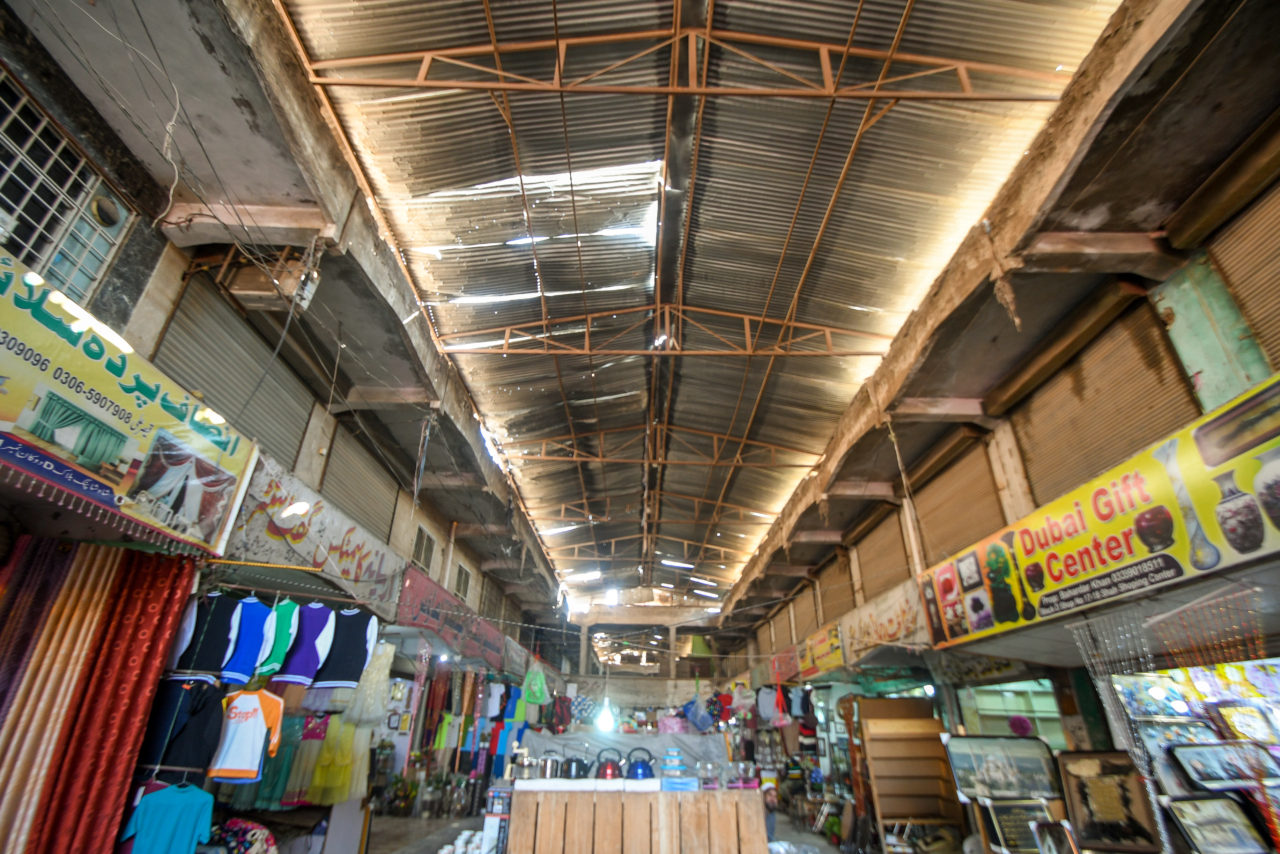
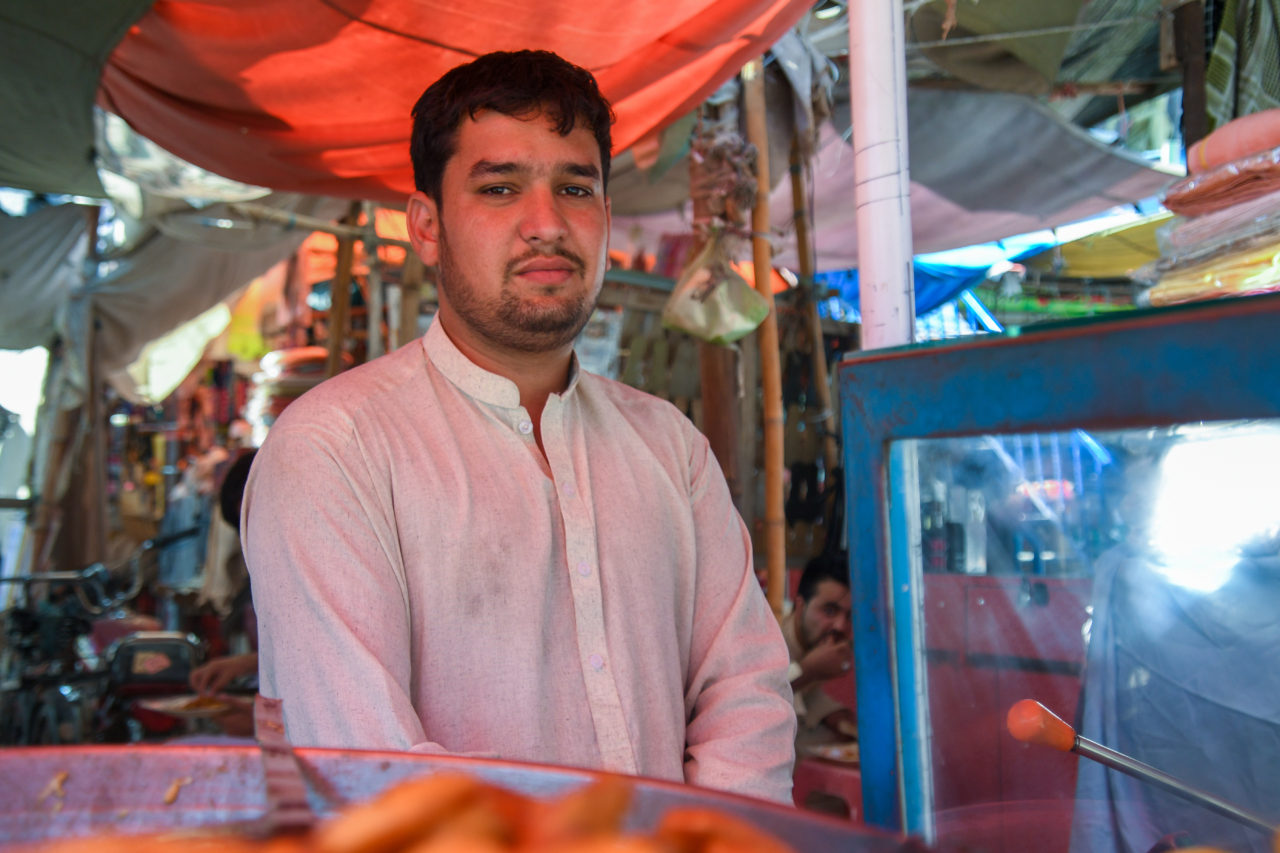
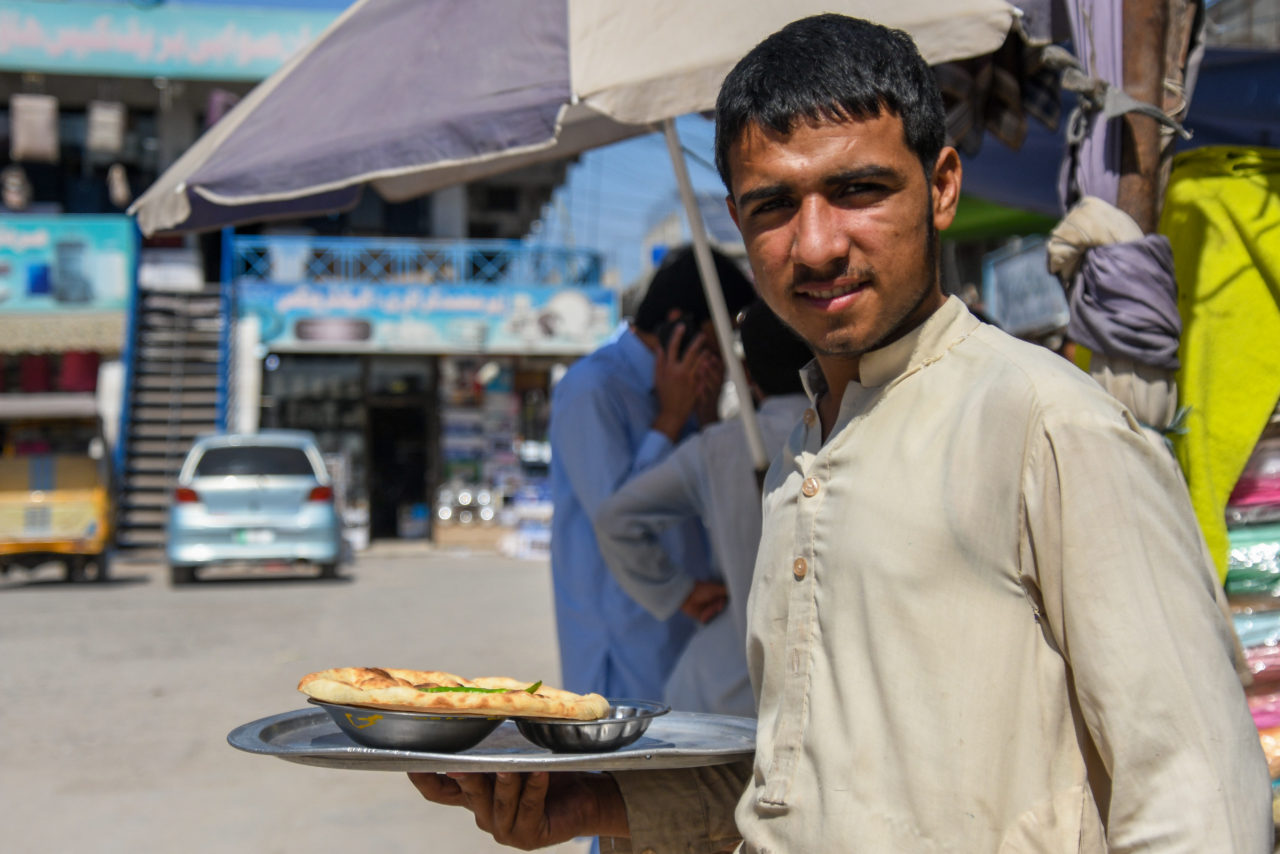
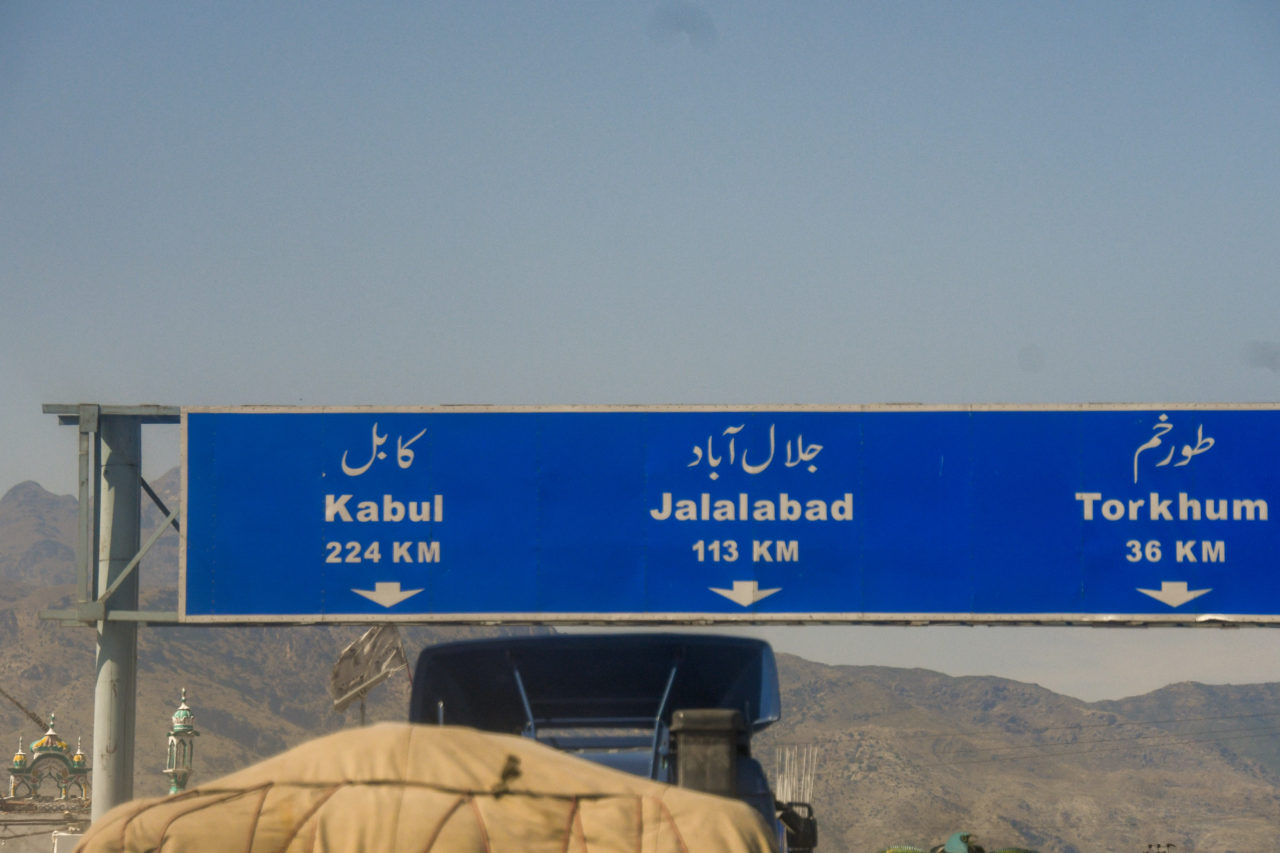
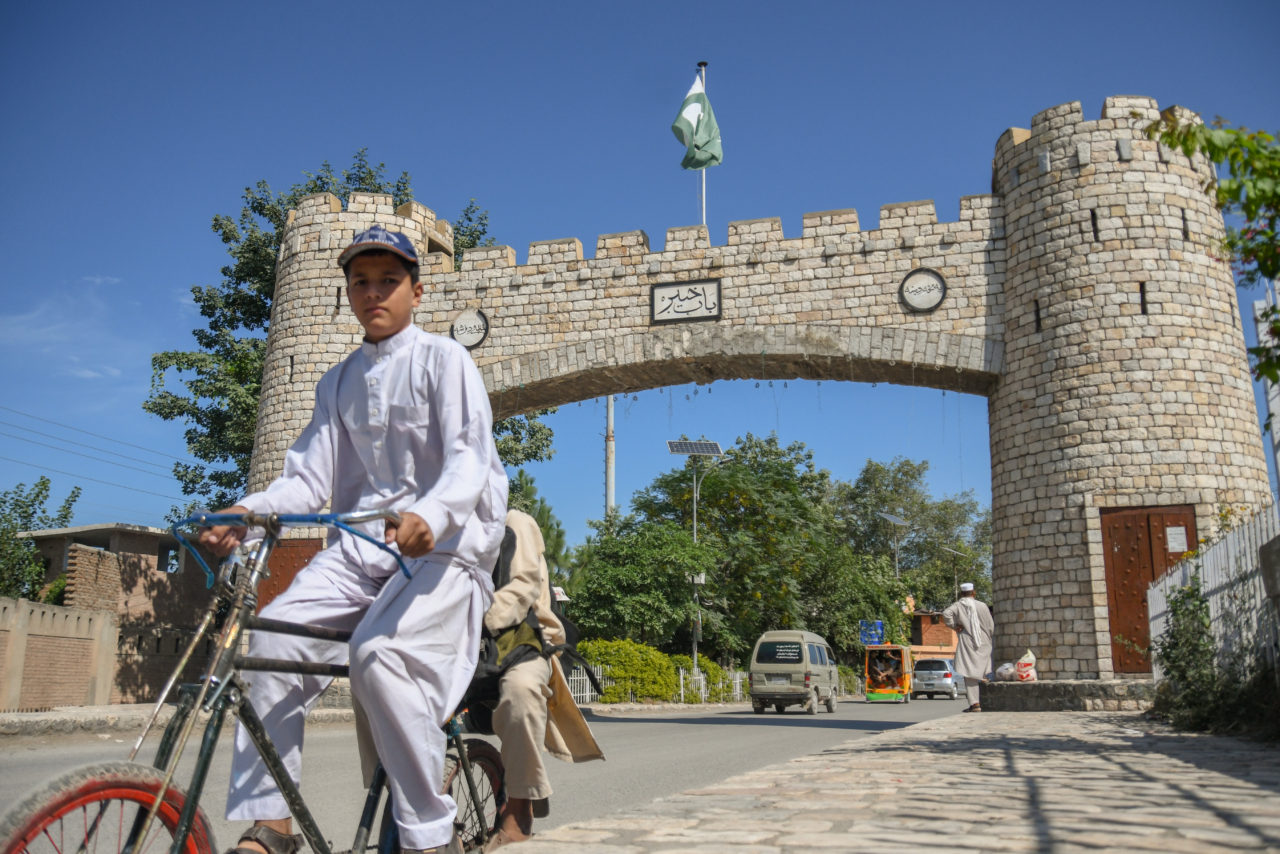
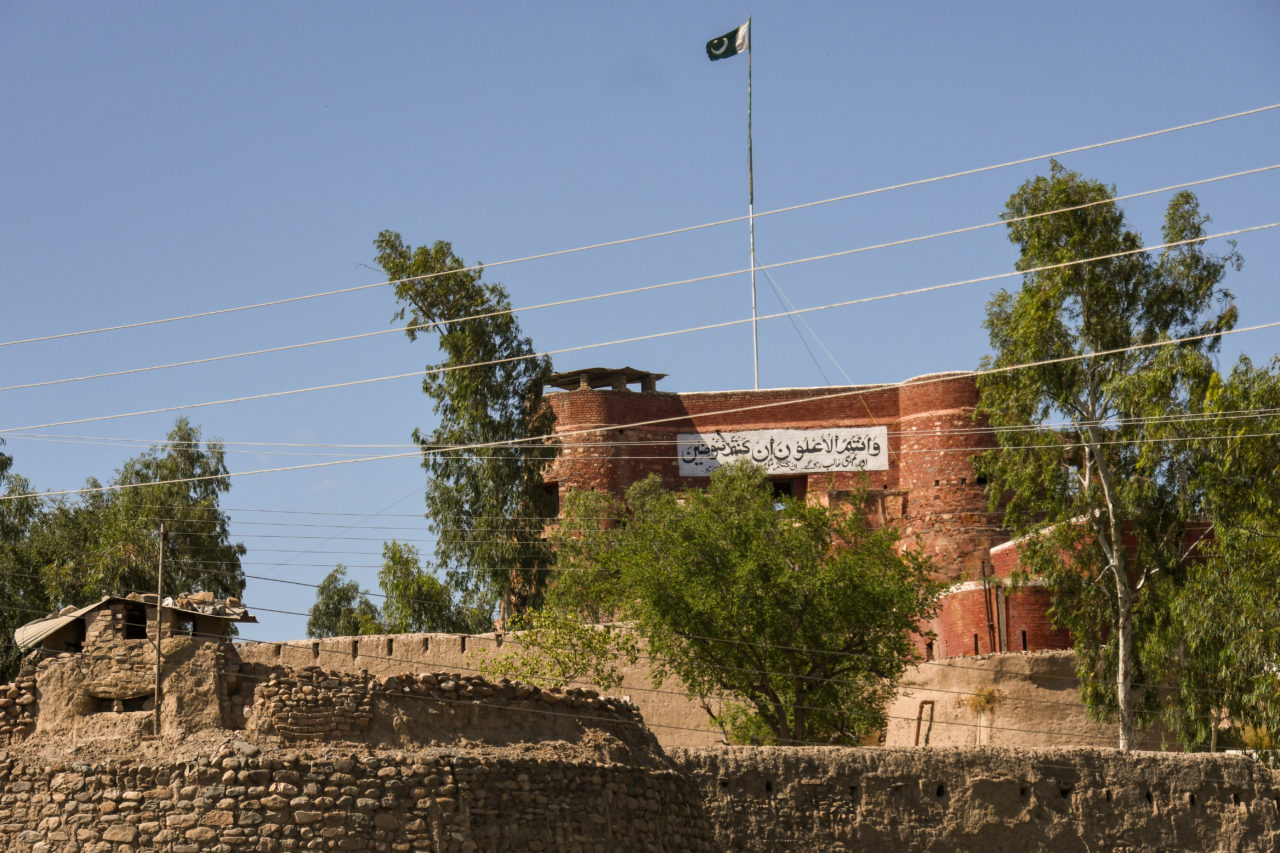
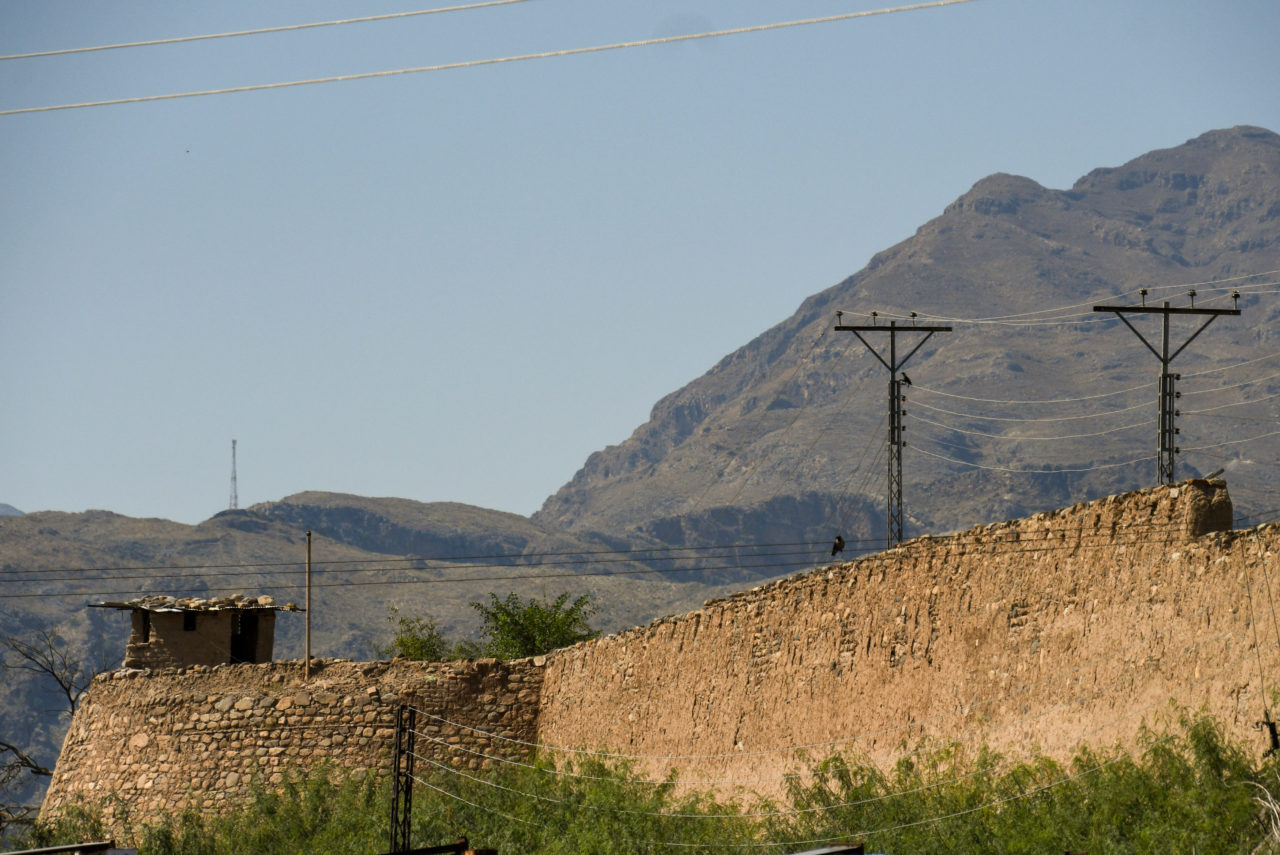
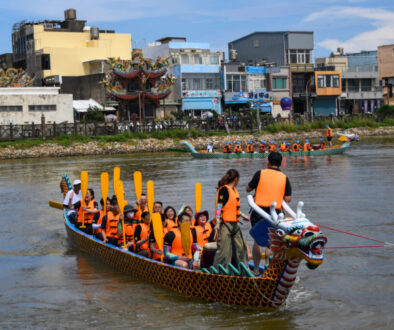
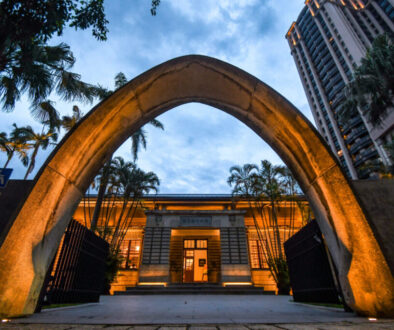
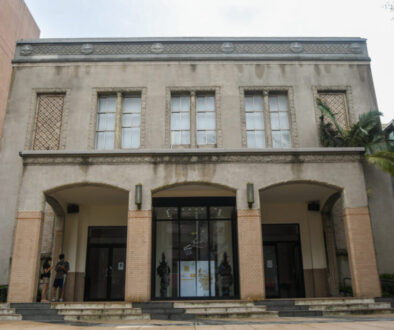


Traveling to the King Faisal Mosque in Islamabad - ORPHANED NATION
November 22, 2019 @ 9:27 am
[…] Heading to Peshawar? Read on how to get to Bab-e-Khyber here! […]
Hiking in Matiltan, Swat Valley - ORPHANED NATION
December 2, 2019 @ 6:35 pm
[…] If you are in Peshawar you will surely want to make the trek and see the famous Bab-e-Khyber! […]
How To Get To Kandol Lake From Kalam - ORPHANED NATION
December 13, 2019 @ 11:30 am
[…] The Khyber Pass is truly iconic. Read on how to get from Peshawar to Bab e Khyber here! […]